What It’s Like to Visit Ecuador During COVID-19
Ecuador is welcoming international travelers to enjoy its volcanoes, jungles, islands, and beaches – but how safe is it to visit during a pandemic? Cassandra Brooklyn shares her experience.
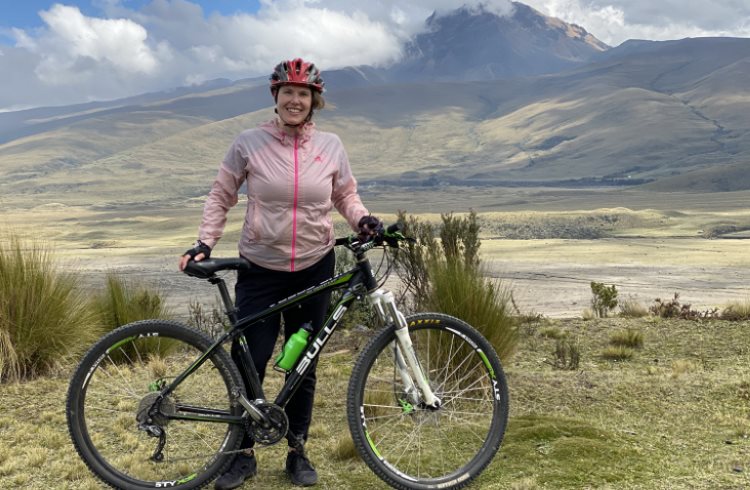 Photo © Cassandra Brooklyn
Photo © Cassandra Brooklyn
Ecuador is currently accepting visitors from around the world, but with certain restrictions in place, including COVID-19 test requirements and possible mandatory quarantine, depending on where travelers are arriving from. Get more information here.
Ecuador may not be a very large country, but it’s jam-packed with outdoor activities. While no destination can be considered totally risk-free during a pandemic, if you do choose to travel, Ecuador is likely one of the safest places you can visit, considering the strength of its safety and hygiene protocols and its abundance of hiking, biking, kayaking, and fresh-air fun.
Here’s what you need to know before booking your trip to Ecuador.
- What to expect when you arrive in Ecuador
- COVID-19 health and safety precautions in Ecuador
- Outdoor activities in Ecuador
- Visiting Galapagos during COVID-19
- Trip notes
What to expect when you arrive in Ecuador
I visited Ecuador in December 2020, and at the time of writing all travelers were required to present a negative COVID-19 PCR test taken no more than 10 days before arrival and fill out a Traveler Health Declaration form. (Note: As of March 22, 2021, travelers who have had a complete COVID-19 vaccination can present the official vaccination certificate instead of a negative RT-PCR test result for entry to Ecuador. It appears a negative PCR test is still required for Galapagos.) Travelers who arrive without negative test results must self-quarantine at their own expense.
As soon as you get off the plane, you’ll be taken to a room where health professionals will administer a survey, take your temperature, and test your blood oxygen level through a non-invasive finger sensor device. The entire process takes only five to 10 minutes and, assuming your vitals are healthy, you’ll proceed on to customs and arrivals. For more travel updates, see the US Embassy in Ecuador website.
COVID-19 health and safety precautions in Ecuador
Masks are mandatory both indoors and outdoors, and the vast majority of Ecuadorians respect this rule. Sure, you’ll find some unmasked people at beaches and parks in uncrowded, small towns and rural areas, but in dense cities such as Quito, masks are mandatory outdoors, so you’ll even see runners and cyclists wearing them. I heard that residents of Guayaquil have been accused of not respecting mask mandates, so I avoided this city.
Across the country, you’ll find hand sanitizer stations outside supermarkets, hotels, and pharmacies, in addition to foot-sanitizing mats, but it’s always smart to carry your own sanitizer with you. All hotel and restaurant workers wear masks and most also wear face shields; instead of paper menus or check-in forms, most businesses display QR codes for visitors to scan with their phones.
Some high-end hotels will also have “ozone tunnels” to help decontaminate you, your clothes, and belongings before entering the hotel.
Outdoor activities in Ecuador
Hiking, mountain biking, road cycling, kayaking, and many other outdoor activities are available all over Ecuador, but here’s what I did:
Quito
I flew into Quito and used it as a base to explore other areas. I spent one night in the capital city, then spent a week in the Galapagos, spent another two nights in Quito, then visited the Amazon, the cloud forest, and Cotopaxi before returning to spend my last night in Quito. Though the city does have great museums, I focused my time on outdoor activities like a walking tour of Old Town Quito and riding 30mi (48km) of the Sunday, car-free Ciclovia (cycleway).
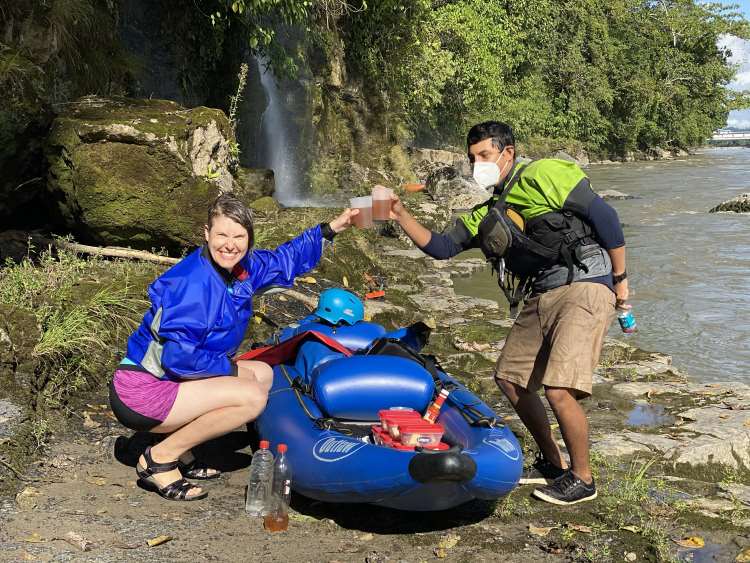
The Amazon
Ecuador is home to the most accessible section of the Amazon, which can be reached by a four-hour drive from Quito – no airplane required. My schedule was pretty tight and it was important to me to go kayaking in the Amazon, so I paid for a private taxi to get me to Tenas – a gateway city to many Amazonian activities – then paid for two slots on the kayaking trip because nobody else signed up during the four days I spent in the area. In total, I paid US $250 for the afternoon activity but, considering it was my absolute favorite experience during a three-week trip in Ecuador, I’d say that it was worth it. The category II and III rapids made the 22mi (35km) river trip thrilling, but I never felt like I was in danger.
Next, I headed to Sinchi Warmi, a community tourism center run by Quechua women striving to preserve traditional practices while creating educational and professional opportunities for women. I pretty much did all the activities the rustic lodge offers, from river tubing and visiting a rainforest animal rescue to making jewelry out of plants I helped harvest and indulging in chocolate therapy (hand scrub and facial using locally harvested cacao).

Pro tip: do not leave food in your bag when you overnight in the Amazon! I forgot about a bag of cookies in my day bag and when I came back from dinner in the dining hall, I found a dozen cockroaches crawling all over my stuff.
Cotopaxi
Just 90 minutes from Quito is Cotopaxi National Park, named after its main attraction, a not-so-dormant volcano. The region has some incredible hiking (the best being multi-day backpacking trips) but I was there to bike. I stayed at dairy farm-turned-B&B, Hacienda El Porvenir, which offers bike rentals and has all levels of mountain-biking trails on site (I opted for the super-beginner trails). Mountain biking within the national park was my favorite activity in the region, but a close second was hiking to several waterfalls at the nearby Santa Rita Ecological Reserve (the B&B arranged my transportation).
Visiting Galapagos during COVID-19
Although Ecuador requires a negative COVID-19 PCR test taken 10 days or less before arrival, travelers to Galapagos need to present a negative test taken no more than 96 hours (four days) before arriving in Galapagos. If you plan it right, you can use the same test. I took a rapid test on the second-to-last day of my visit to Costa Rica, flew to Ecuador and spent one full day in Quito, then flew to Galapagos exactly 96 hours after taking the test. If you want to visit Galapagos but don’t think you can get a rapid test in your home country, take the regular test in advance, then take another in Ecuador. Your hotel or tour operator should be able to arrange the test at your hotel or can give you information on where to find a clinic.

Anyone visiting Galapagos must have a safe passage document (called a Salvoconducto) issued by the Ministry of Tourism. The tour operator or accommodation you’ll be working with in Galapagos is responsible for arranging this.
When you check in for your flight to Galapagos (at either Quito or Guayaquil airport), you’ll present the Salvaconducto form, obtain a transit control card (US $20 cash), and show proof of travel insurance and medical coverage (I purchased World Nomads insurance and it was accepted). When you arrive at the Baltra airport in Galapagos, you’ll pay the Galapagos National Park entrance fee (US $100 cash).
Though it’s still possible to visit Galapagos on your own, where you can book a hotel and take daytrips to nearby islands, COVID-19 has meant a slew of additional rules, regulations, and required forms have been introduced, so a solo trip would require quite a bit more planning and flexibility.
I visited Galapagos with Metropolitan Touring (which is currently offering some of its yacht excursions for half price) and it arranged just about all the details of my Galapagos trip. I stayed a few extra days in Puerto Ayora and arranged my own scuba diving, hiking, and snorkeling trips, but Metropolitan Touring handled all the difficult logistics, connected me with a scuba dive operator, and arranged for the dive boat to pick me up from the ship on my last day so I didn’t have to make an unnecessary, multi-hour trip back to Puerto Ayora.

Trip notes
Though Ecuadorians have ramped up domestic travel to help keep the tourism industry alive, some restaurants and businesses remain closed and tour companies have reduced the number of activities they offer. Since most companies have a required minimum number of passengers to go out, you’ll either have to wait for enough people to join, pay for multiple slots on the trip (as I did with kayaking in the Amazon), or find another activity to do.
As you would for any destinations, you’ll want to read up on general need-to-know tips and travel safety warnings in Ecuador.
Still want more information? Check out the recent Ecuador episode on the World Nomads Travel Podcast.
Related articles
Simple and flexible travel insurance
You can buy at home or while traveling, and claim online from anywhere in the world. With 150+ adventure activities covered and 24/7 emergency assistance.
Get a quote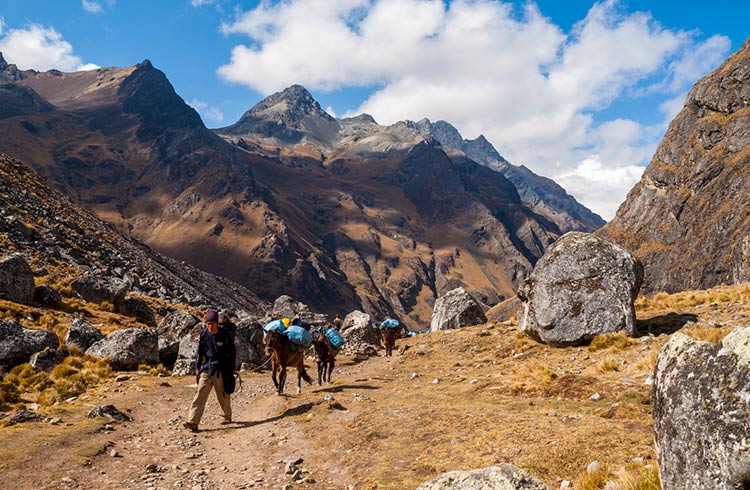
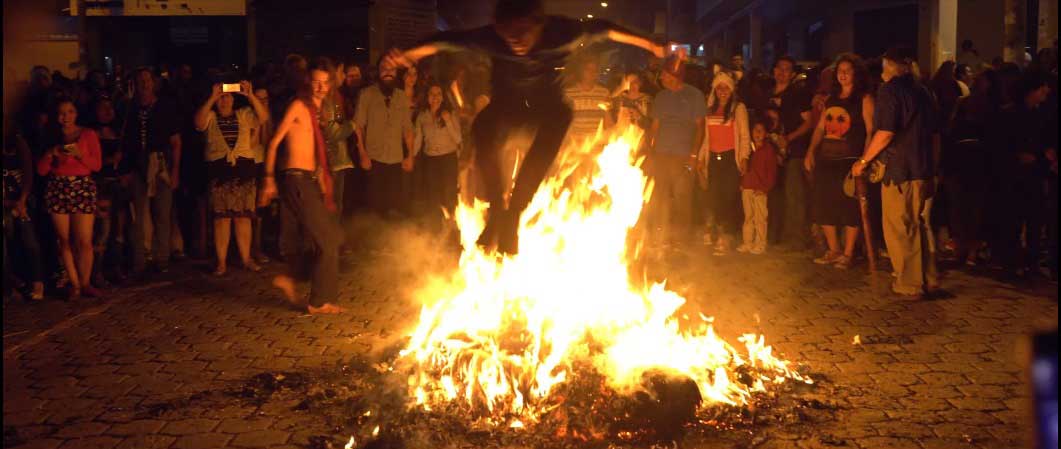
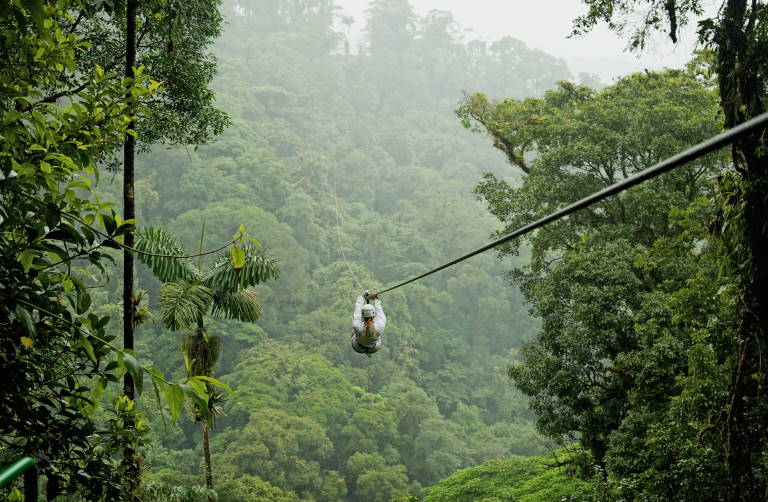
2 Comments
This is helpful since I am researching about visit to Ecuador. I see that you are based out of NYC. Where did you go to get the COVID testing required for Ecuador entry? Thanks!
Very informative, well-written article. I have been wanting to pass time in Ecuador and as soon as I can, I will! Thank you.